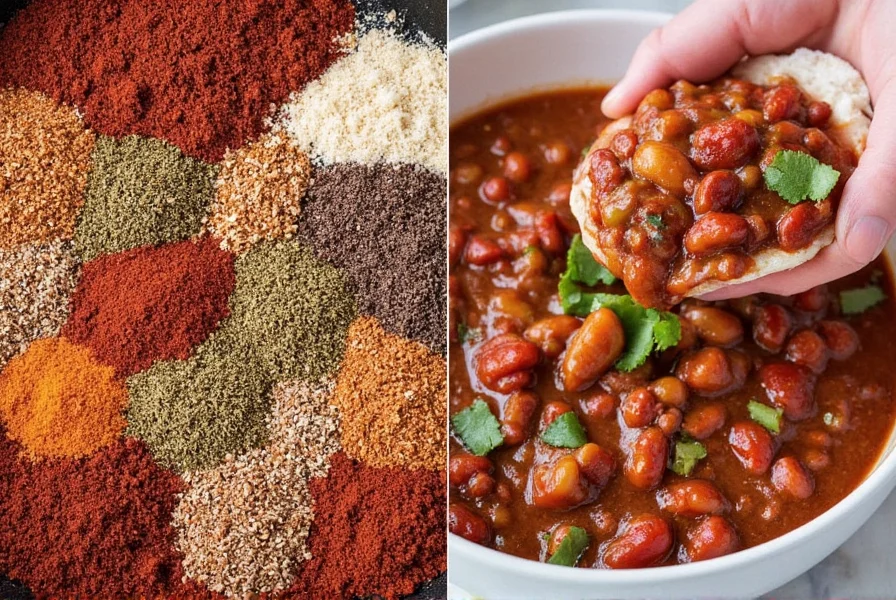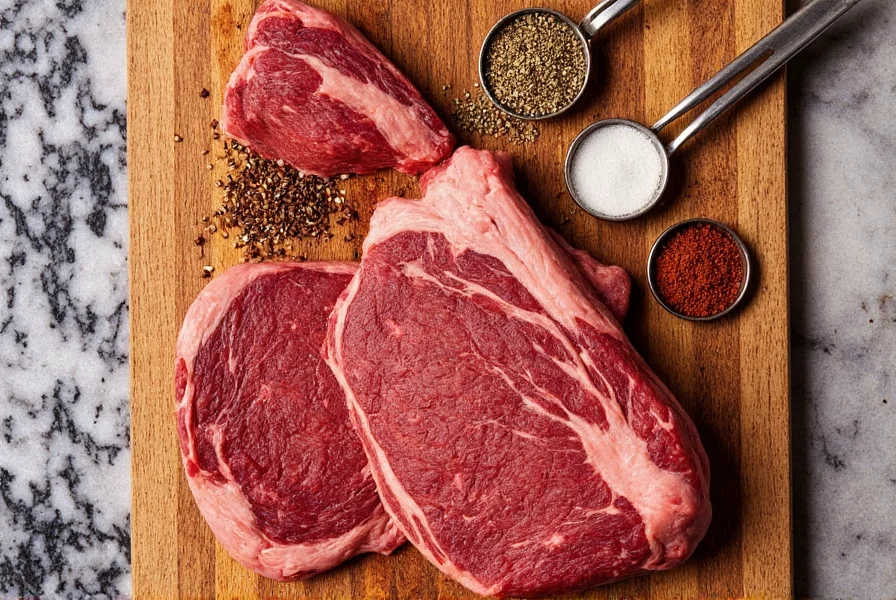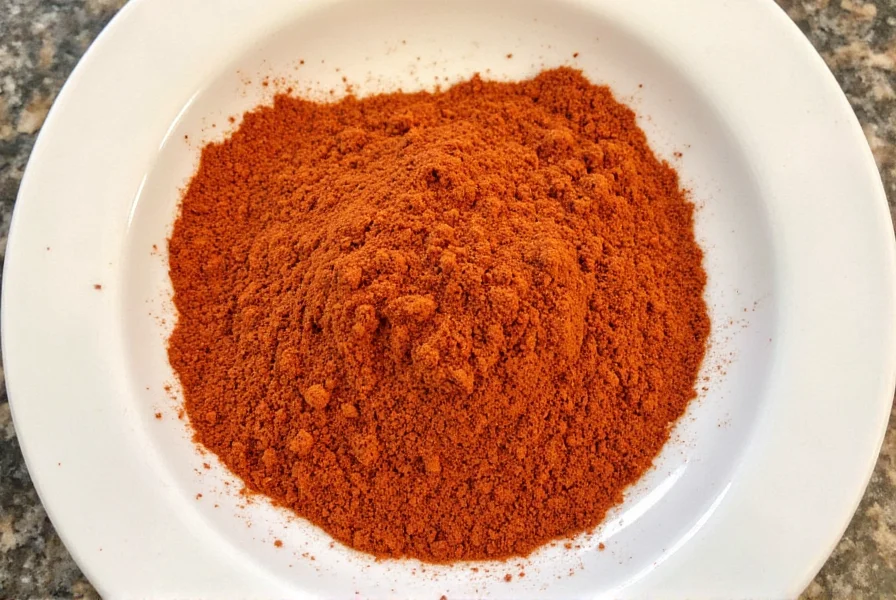Table of Contents
Introduction to Chili Seasonings
The perfect bowl of chili relies on a precise balance of spices. This guide reveals the exact seasonings professional chefs use, how to measure them correctly, and how to create your own signature blend. Whether you're a beginner or experienced cook, these science-backed techniques will transform your chili from ordinary to extraordinary.
Essential Chili Seasonings
Every great chili starts with these core spices. Here's what each contributes and how to use them:
| Spice | Flavor Profile | Best Uses | Recommended Amount (per 1 lb meat) |
Substitutions | Pro Tip |
|---|---|---|---|---|---|
| Cumin | Earthy, warm, nutty | Base flavor for traditional chili | 1.5 tsp | Coriander (milder), smoked paprika (for depth) | Add early in cooking to release oils |
| Paprika | Smoky, sweet, or hot (varies by type) | Color and depth enhancement | 1 tsp (smoked), 0.5 tsp (sweet) | Ancho chili powder (smokier), chipotle powder (hotter) | Toast lightly before adding for richer flavor |
| Chili Powder | Balanced heat with herbal notes | Foundation of chili flavor | 2 tsp | 1 tsp cumin + 1 tsp paprika + 0.5 tsp oregano | Use authentic Mexican chili powder for best results |
| Garlic Powder | Savory, pungent | Umami enhancement | 1 tsp | Fresh minced garlic (use 2 cloves), onion powder | Combine with onion powder for layered flavor |
| Oregano | Bitter, herbal, slightly floral | Mexican-style chili complexity | 0.5 tsp | Marjoram (milder), thyme (earlier addition) | Use Mexican oregano for authentic taste |
| Cayenne Pepper | Sharp, intense heat | Heat adjustment | 0.25-0.5 tsp | Red pepper flakes, hot sauce | Add last to control heat level |

Practical Seasoning Usage Tips
- Layering Technique: Add cumin and chili powder during meat browning, garlic/onion powder when sautéing vegetables, and cayenne in the last 10 minutes of cooking.
- Acid Balance: If chili tastes flat, add 1 tbsp vinegar or lime juice to brighten flavors.
- Heat Control: For mild chili, use sweet paprika and skip cayenne. For extra heat, add 1/4 tsp cayenne per serving at serving time.
- Texture Tip: Mix dry spices with 1 tbsp water before adding to prevent clumping and ensure even distribution.
- Resting Time: Let chili sit 30 minutes after cooking for flavors to meld completely.
Homemade Chili Seasoning Blend
Create your own versatile blend with this professional recipe:
- 2 tbsp chili powder
- 1 tbsp cumin
- 1 tbsp smoked paprika
- 1 tsp garlic powder
- 1 tsp onion powder
- 1 tsp oregano
- 1/2 tsp cocoa powder (for depth)
- 1/4 tsp cinnamon (for warmth)
- 1/8 tsp cayenne (adjust to heat preference)
Storage: Keep in an airtight container away from light for up to 6 months. Use 2-3 tbsp per pound of meat in recipes.

Frequently Asked Questions
What's the difference between chili powder and chili seasoning?
Chili powder is pure ground chili peppers, while chili seasoning is a pre-mixed blend containing chili powder plus other spices like cumin, garlic powder, and oregano. For authentic flavor, use pure chili powder and add other spices separately.
How do I fix chili that's too spicy?
Add 1 tbsp sugar or honey to balance heat, or stir in 1/4 cup sour cream/yogurt at serving time. For cooking-stage fixes, add diced potatoes or beans to absorb excess heat, and dilute with extra tomato sauce or broth.
Can I use fresh herbs instead of dried?
Yes, but use 3x the amount (e.g., 1 tbsp fresh oregano for 1 tsp dried). Add fresh herbs in the last 15 minutes of cooking to preserve flavor. Dried spices are generally better for long-cooked chili as they release flavors more effectively.
Why does my chili taste bland?
Most likely missing acid or umami. Add 1 tbsp vinegar, lime juice, or Worcestershire sauce. For umami, try 1 tsp soy sauce or 1/2 tsp fish sauce. Taste and adjust incrementally.
How long do spices last?
Ground spices lose potency after 6-12 months. Test by rubbing between fingers - if no aroma, replace. Whole spices (like cumin seeds) last 2-3 years. Store in cool, dark places for maximum freshness.
Conclusion
Mastering chili seasonings is about understanding flavor science, not just following recipes. By measuring precisely, layering at the right times, and balancing heat with acidity, you'll create restaurant-quality chili every time. Remember: the best chili starts with quality spices and ends with a perfectly balanced taste profile. Experiment with these techniques to find your signature blend!











 浙公网安备
33010002000092号
浙公网安备
33010002000092号 浙B2-20120091-4
浙B2-20120091-4